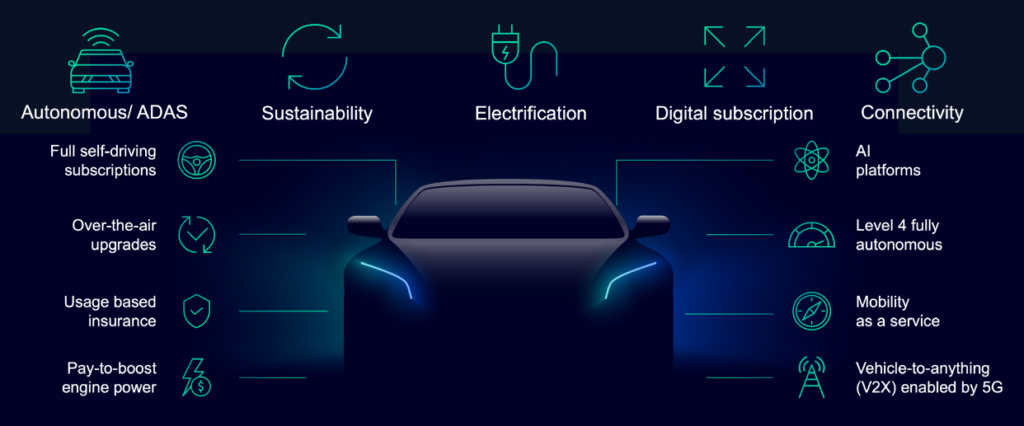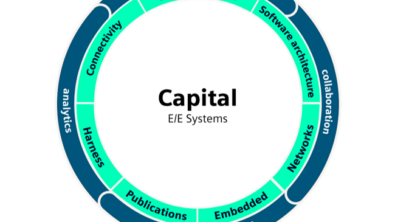Snapshot: Uncovering the innovation needs for building the software-defined vehicle

The following is a snapshot of the white paper “Automotive systems and software engineering using the Capital Software Developer solution with IBM Rhapsody”. If you like what you read, you can find out more about this topic here.
Demand for smart, connected, sustainable products increasingly drives building the software-defined vehicle (SDV). Consumers want vehicles that are not just modes of transportation but integrated, intelligent systems offering advanced connectivity, eco-friendly options and personalized experiences.

This shift has put software at the heart of vehicle innovation, enabling the following features and capabilities:
- Advanced Driver Assistance Systems (ADAS) and autonomous driving: This is one of the most software-intensive areas in modern automotive design. The development of autonomous and semi-autonomous driving systems heavily relies on software for functions like sensor data processing, decision-making and vehicle control.
- Digital subscriptions: Over-the-Air (OTA) updates enable automakers to remotely unlock features in the vehicle post-sale. This technology has revolutionized the way vehicle features are distributed and managed, offering a more tailored experience for consumers, and ongoing revenue opportunities for manufacturers. However, it also requires a significant shift in traditional automotive business models and manufacturing processes.
- Electrification: Electric vehicles (EVs) and hybrid vehicles require sophisticated software for managing battery systems, electric drivetrains and energy consumption. Software is essential for optimizing EV performance and range.
- Connected vehicles and IoT: The Internet of Things (IoT) has reached the automotive sector as vehicles increasingly become connected devices. This connectivity allows for features such as real-
time traffic updates, remote diagnostics and OTA software updates. - Sustainability: Software plays a crucial role in managing electric vehicle systems, such as battery management, energy efficiency and range optimization. Advanced algorithms can determine the most efficient use of battery power, extend the driving range and manage regenerative braking systems, making EVs more practical and appealing to a broader range of consumers. Software can also predict when parts of a vehicle need maintenance before they fail or become less efficient, extending the life of vehicle components and ensuring they operate in an environmentally efficient manner.
While consumers have come to expect these innovative capabilities, complexity keeps increasing exponentially. Maintaining performance while staying within network bandwidth budgets is an ongoing challenge.
The need for a new software design approach
As the automotive industry continues its transformation, the number of electronic control units (ECUs) in modern vehicles proliferates, necessitating a shift in software design approaches. Traditional fragmented, decentralized software development practices – where each ECU operates independently with its own dedicated software – leads to inefficiencies in resource usage, performance and integrations. The complexity and cost of maintaining numerous individual systems in this manner makes keeping pace with the market’s expectations and maintaining competitive advantage impossible.
Designing today’s sophisticated software-defined vehicles requires bringing together ECUs sourced from a multitude of tier-one and tier-two suppliers, and integrating them into high-performance compute-central ECUs. Additionally, agile methodologies, continuous integration and deployment, and rigorous testing protocols are becoming commonplace, accelerating development cycles and enhancing the reliability and security of automotive software.
Download the FREE white paper, Automotive systems and software engineering using the Capital Software Developer solution with IBM Rhapsody, to examine some of the new ways developers are
addressing increased complexity as they develop software-defined vehicles: READ HERE!


